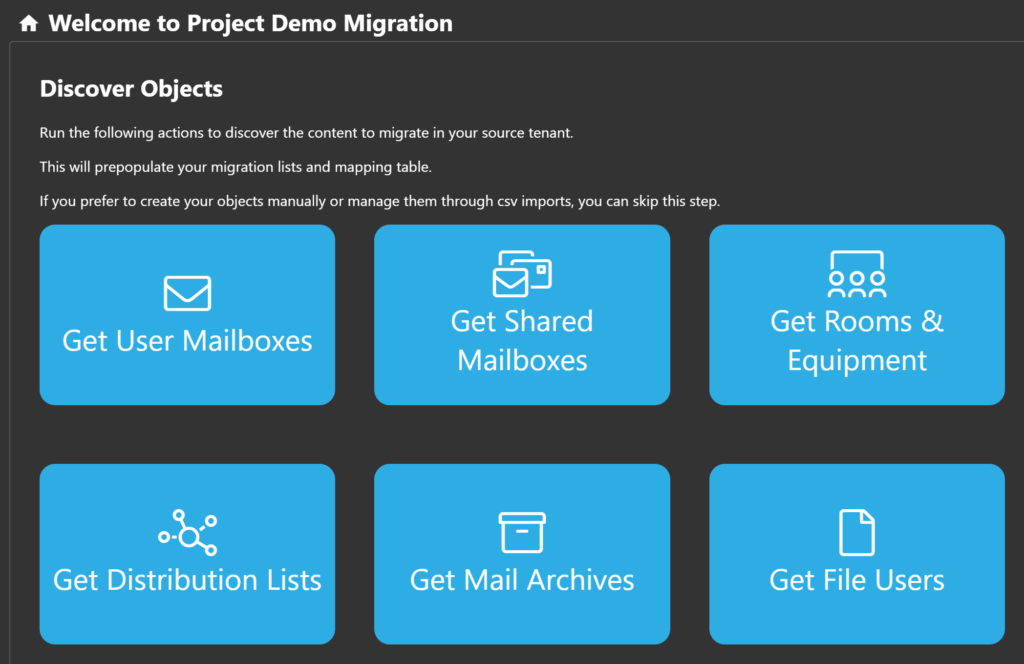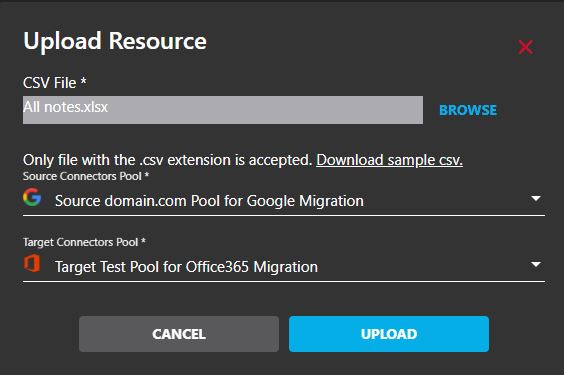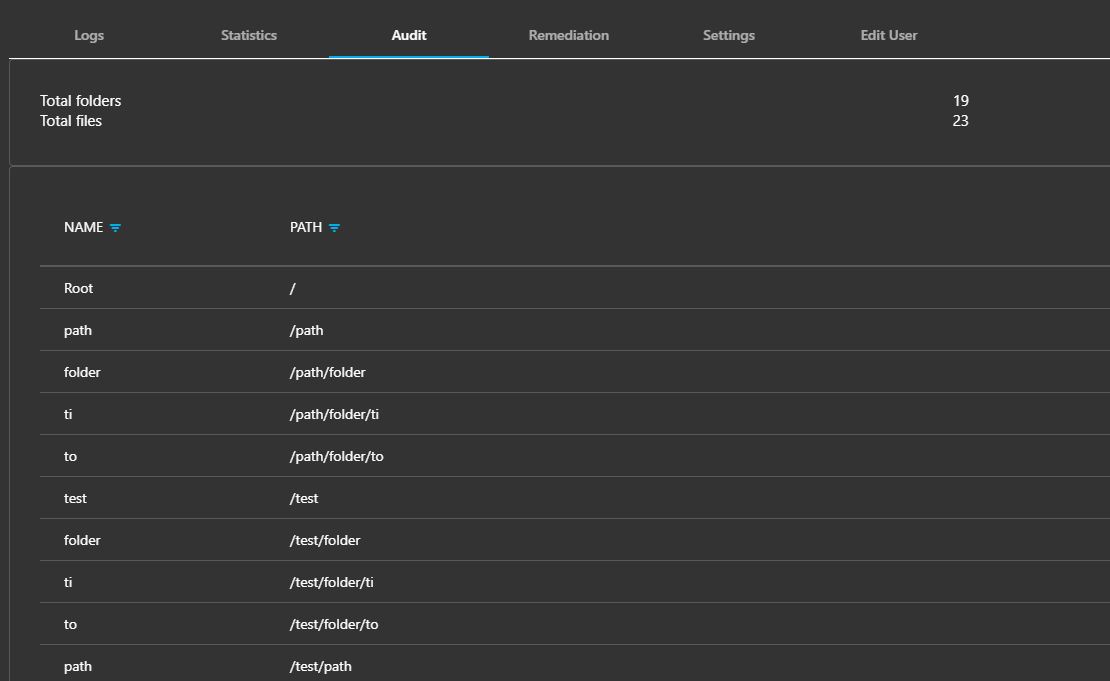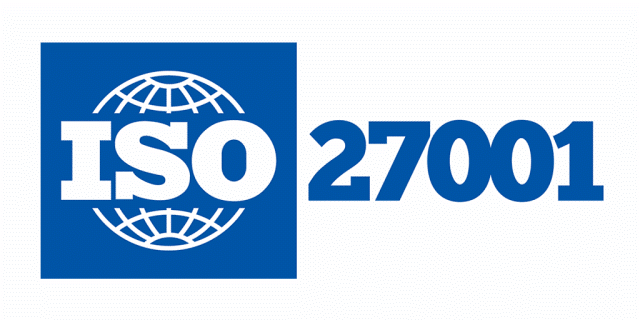GOOGLE DRIVE TO GOOGLE DRIVE MIGRATION
1. Google Drive to Google Drive migration
This administration guide outlines the entire process for transferring files and folders stored into Google Drives between 2 Google workspace tenants.
If you are planning to move from Google To Microsoft 365, this guide will show you how to migrate your content from Google Drive to OneDrive.
Step by step instructions can be found starting in the What is migrated section.
In addition, Cloudiway provides some configuration and monitoring tools so you can observe the progress of your migration. This guide explains all the steps required from start to finish.
Security
Performances
Data size: Data size can significantly impact performance during migration for several reasons. An important number of files or folders, an important number of permissions or large files vs small files will impact the speed of the migration.
Google API throttling : Google throttling refers to the intentional slowing down or limiting of access to Google services or APIs (Application Programming Interfaces) by Google itself. This throttling is typically implemented to control the rate at which users or applications can make requests to Google servers. The purpose of throttling is to prevent abuse, ensure fair usage, and maintain the overall performance and stability of Google’s services.
For more information about migration performance, please refer to this article.
Support
Although we provide support for our products, we do not provide support for third-party products such as PowerShell, server administration of Microsoft or Google products. In order to perform your Google Drive To Google Drive migration, you must be able to perform the required setup. You may contact our Sales team and engage our Consulting services if you do not have sufficient bandwidth or resources.
Delta Passes
Cloudiway platform supports Delta pass to perform incremental migrations. Changes are propagated during delta passes. However, deletions are not propagated.
You can refer to this article for more information : Google Drive To Google Drive delta pass mechanism.
Licenses
You need to purchase Cloudiway File Migration Licenses. If you plan to migrate at the same time other kind of data, you can purchase a bundle of licenses.
Cloudiway platform automatically assigns the licenses. For more details regarding the license management, check out this page.
2. Google Drive to Google Drive migration scope
What is Migrated?
The full list of what is migrated ans what is not migrated is maintained in the File migration tool product page.
Mapping table
Emails found in permissions and metadata need to be translated to matching target users.
Therefore, the mapping table must be exhaustive, as any missing email address will not be converted, and would end up with loss of file permissions and metadata.
Cloudiway automatically populates the mapping table during the discovery. However, double check its content as it is your responsibility to maintain the list
Audience
This guide is aimed at experienced system administrators who are capable of connecting to remote systems and using a variety of administration tools.
If you are concerned you might have any difficulty completing these steps, please consider a solution with our consulting team. This will ensure a fast, cost-effective, and stress-free implementation.
3. Google Drive to Google Drive migration prerequisites
Before you start
| Name | Description | Location |
| Cloudiway login | Stores details and provides communication between the systems you already use. | https://portal.cloudiway.com |
| Help center | Our extensive help center is always accessible, with videos, troubleshooting tools, samples and more. | https://help.cloudiway.com |
| Mapping table and User List (CSV) | Prepare any mapping tables in CSV format, and User List, ready to upload later on. |
Source Prerequisites
Google feeds need to be authorized in order to programmatically access the content of the Google Drives. The next chapter explains how to create the Google connector and configure its permissions.
Target Prerequisites
Google feeds need to be authorized in order to be able to write content in the target Google Drives. The next chapter explains how to create the Google connector and configure its permissions.
4. Google Drive cross tenant migration process
The migration is a five step process :
- Connectors creation: Store the credentials used to connect to the source and the target .
- Generate the migration list: use the discovery process or manually manage the list by uploading a CSV file containing your users.
- Run an Audit to discover the content. This task is optional.
- Run a Pre-Processing to migrate the permissions and ensure that everything is in place.
- Run the migration.
4.1 Create your connectors
To migrate your Google Drives , Cloudiway needs to connect to the source and to the target. Credentials are stored in connectors.
You need to create 2 connectors for connecting ot the source and the target and you need to configure your 2 Google tenants.
See these 2 articles for the exact steps:
4. Manage the migration list
The Google Drive to Google Drive migration list can be created in three ways:
- Manually by creating the users one by one.
- Automatically by running a Discovery (GetList)
- Upload a CSV file that contains your users
Option 1: Create a single user
Click on MANAGE > Create User and enter the user details:

Option 2: Discovery
The discovery task retrieves the users from your source tenant and fills automatically the migration list.From the Migration menu, select Get List.
You can also navigate to the Discovery page and run the Get File Users Task.
In the GetList popup Window, fill the relevant details:

Then specify:
- The Target Recipient Type: Google Drive.
- The Matching Rule:
- Mail Exact Match: the source email = the target email (bob.marley@sourcedomain.com > bob.marley@sourcedomain.com)
- Keep Email Prefix Same as Source: only the domain name changed (bob.marley@sourcedomain.com > bob.marley@targetdomain.com)
- FirstName.LastName (i.e. bob.marley@targetdomain.com)
- F.LastName (i.e. b.marley@targetdomain.com)
- FLastName (i.e. bmarley@targetdomain.com)
- LastNameF (i.e. marleyb@targetdomain.com)
- The Target Domain.
Option 3: CSV File Import
If you have a CSV file of all your users, you can upload the file to Cloudiway. 1. Navigate to Files > User List2. Click on Manage on the action bar and select Import

This article explains how to fill the CSV file.
4. When you have a complete CSV file with the correct headers, click on the BROWSE button.
5. Locate your CSV file within your own file system, and select it.
6. Select the appropriate connectors in the Source and Target fields.
8. Once the CSV file format is correct, you will see a confirmation message.
4.3 Audit your drives
The audit is optional and purely informative.
It allow determine the volume and the number of files to migrate.
1. From the User List , select the users to audit.
2. From the action bar, click on MIGRATION, then Audit, the status change to FileAudit Scheduled
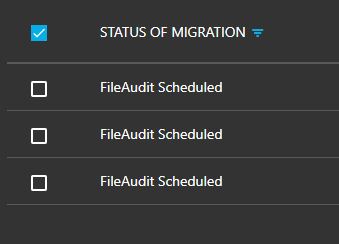
3. Refresh periodically your page and verify the status.
4. If there is an error, click on the file Error status, then Logs to see the Error message. Licenses are missing in this case; contact your sales representative or purchase more licenses on the platform, then try again.
5. To watch the results, click on the FileAudit Success status, then Audit
4.4 Preprocessing
Now that your Cloudiway connectors are set up, and the audit successful, you can run the preprocessing task. The task can be run more than once if required.
What does the preprocessing do?
it verifies that the mapping list matches the accounts declared in Google.
It migrates the permissions and membership.
- Select the users to preprocess
- From the action bar, click on MIGRATION, then PreProcessing, the status change to FilePreProcessing Scheduled

Periodically refresh the pages to update the status.

4.4 Migrate
Now that you have performed all the pre-migration steps, you’re ready to migrate.
We recommend you run a test migration on a single user first to check that your configuration produces the outcome you expect.
To start your migration, select the users or batch and click on MIGRATION, then Start button.
Your batch will be scheduled and will begin as soon as resources are available.
Don’t forget that Cloudiway migration platform supports delta passes and that migrations are therefore incremental.
Every time you restart the migration, only items that haven’t already been copied to the target — or that have been changed since they were copied to the target — will be migrated.
You can monitor your migration from the dashboard.
If you require more information, you can click on any entry in the User List. From here, you can Edit, see the audit results, logs, and statistics.
5 Exclusion folders

The folderID is the ID of the Google Drive folder. It can be extracted from the URL.
In the example below, the folder ID is the character chain following folders/ i and the Folder Path is /Test.

6. Google Drive migration Global Settings
Global settings are fully covered in this article:
Migration Global Settings
7. Troubleshooting
Cloudiway provides an extensive help center with many resources, including common error messages, video guides: https://help.cloudiway.com/
The help center also contains information on how you can ask for further support, should you require it.
If you didn’t find a response in this admin guide neither the help center, you could send a ticket from the HELP menu, then Support.


